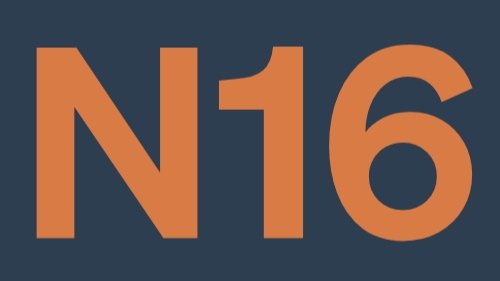ADOWNTIME: Adding a 9th Waste to Lean Thinking in the Age of AI
For decades, Lean practitioners have relied on frameworks like TIMWOOD and DOWNTIME to identify and eliminate waste in business processes. These acronyms have stood the test of time, helping teams uncover inefficiencies and continuously improve. But as AI moves from the fringe into the fabric of daily work, it's time we asked an important question:
Are we overlooking a new kind of waste?
As someone working closely with businesses on practical ways to integrate AI, I’ve seen a consistent pattern: people are still doing work that AI could already do - faster, better, and more reliably. Think of tasks like summarising meetings, drafting standard content, rewriting SOPs, or extracting patterns from customer feedback. Not only are these repetitive tasks consuming valuable time, they’re also preventing people from focusing on what only humans can do: creative thinking, relationship building, judgment-based problem solving.
In Lean terms, this is waste.
From DOWNTIME to ADOWNTIME
The DOWNTIME acronym captures the 8 classic wastes in Lean:
D – Defects
O – Overproduction
W – Waiting
N – Non-utilised talent
T – Transportation
I – Inventory
M – Motion
E – Extra-processing
Each waste points to an inefficiency that reduces value for the customer. But none of them reflect the opportunities presented by new technologies.
That’s why I believe we need to add a 9th waste:
A – AI-ready work still done manually
Tasks that are predictable, repeatable, and ideally suited for AI - yet are still done by humans due to habit, lack of awareness, or resistance to change.
Adding "A" to the front of the acronym gives us ADOWNTIME - a small but significant update that recognises the reality of modern work. It doesn’t replace Lean principles. It builds on them.
Why This Matters
The addition of AI ready - work as a formal waste creates a powerful lens for improvement:
It invites leaders to ask: Where are we still doing things the hard way?
It helps teams recognise what could be automated or augmented with minimal effort.
It reinforces that continuous improvement now includes digital fluency and tool awareness.
The point isn’t to automate everything. It’s to get clear on where human effort is being misapplied.
Looking Ahead
Lean has always evolved to fit the context it’s applied in - from factories to hospitals to software teams. As we enter an era where AI tools are readily available and increasingly user-friendly, Lean needs to evolve again.
ADOWNTIME is a simple but timely update that reflects how work is changing. It helps bridge the gap between operational excellence and digital transformation.
And most importantly, it reminds us that improvement isn’t just about removing waste - it’s about being open to new ways of working.
If you're interested in exploring how to apply ADOWNTIME thinking in your business, feel free to get in touch.
